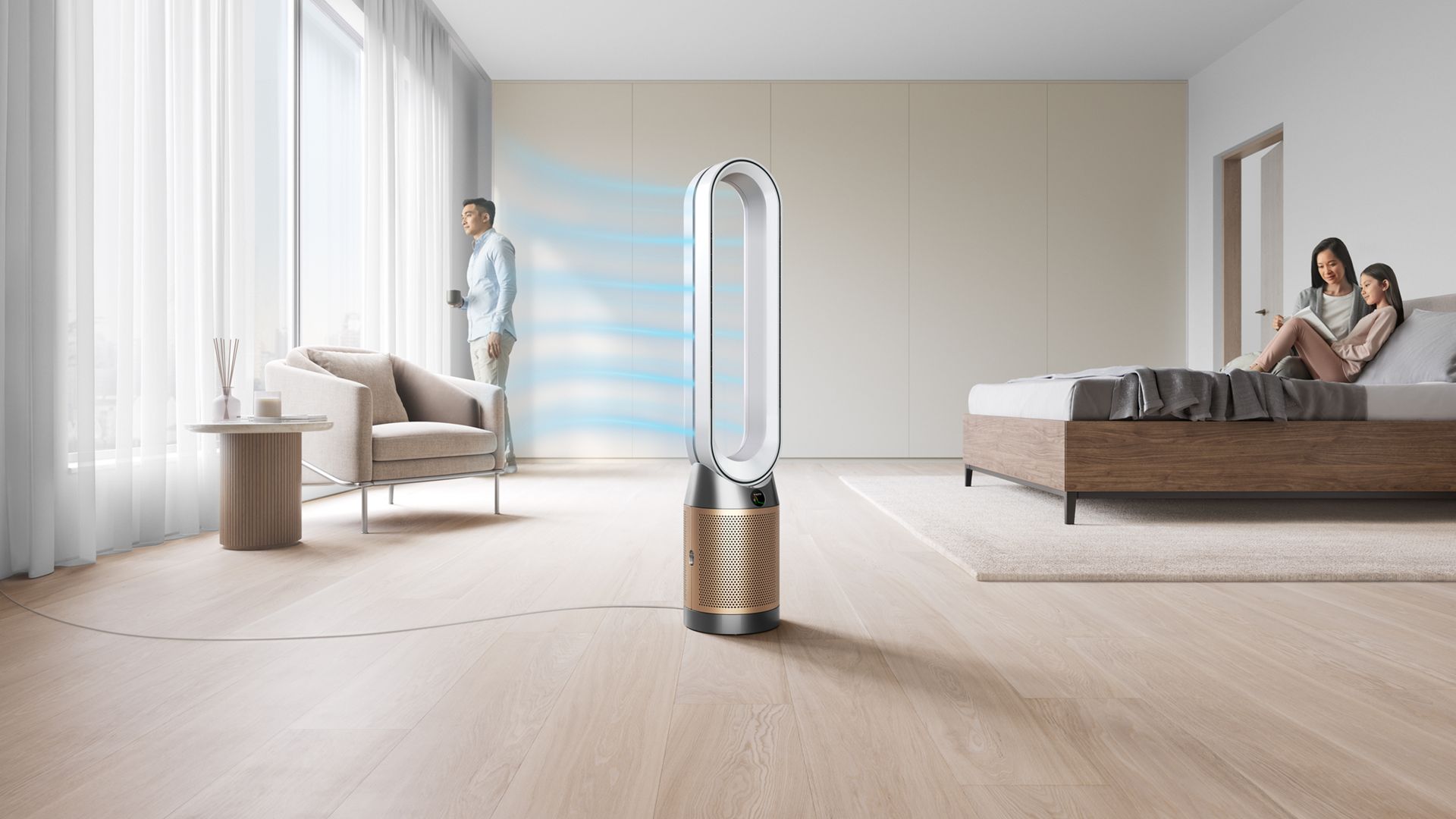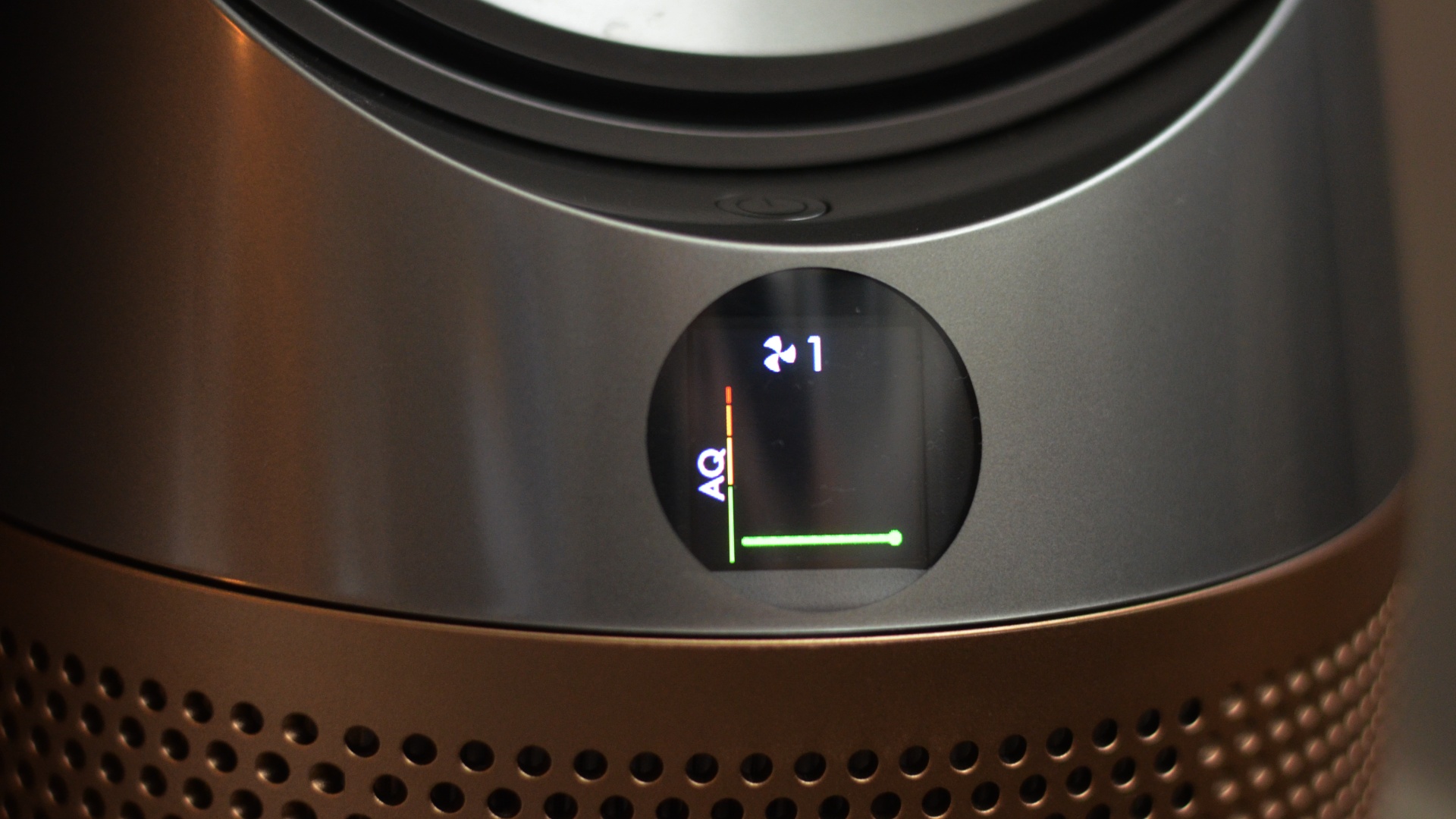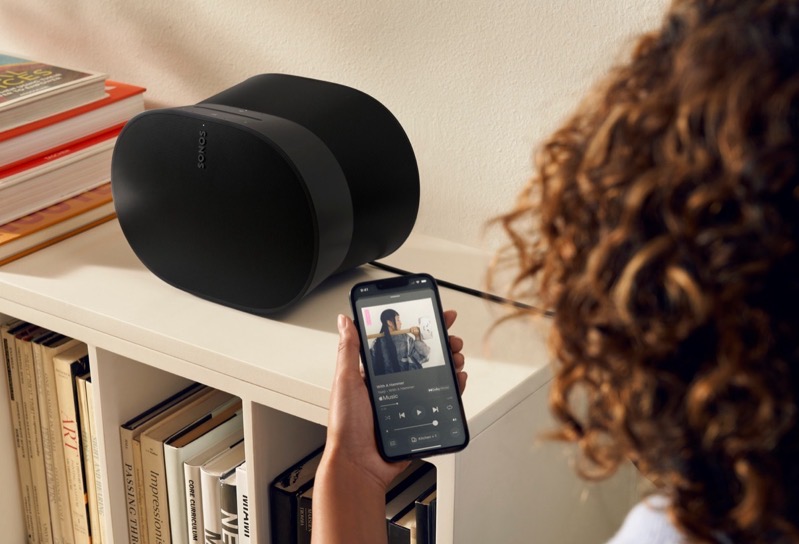
Dyson Purifier Cool Formaldehyde Review

Deeply entwined in Dyson’s DNA is its dedication to air purification and air quality monitoring. Across its purifiers and vacuums, the company aims to educate users on the level of air quality in their homes and provide sustainable ways to improve it. My exposure to this largely comes from their vacuums. However, my eyes have been opened thanks to the Purifier Cool Formaldehyde.
At its core, I’m not sure why it’s taken me this long to really invest in learning more about the air quality in my home. Living in downtown Toronto, I’ve been well aware that air quality hasn’t been the best. However, I reconciled that truth with the fact that my condo’s HVAC system does filter the air continuously throughout the day. That said, I’ve been exposed to how much better my air can be while using the Dyson Purifier Cool Formaldehyde this past month.
In early July, Dyson invited me out to learn about how air quality can fluctuate when cooking at home. Although I’m very familiar with airborne particles, allergens, dust, etc. learning about other contaminants like Acetaldehyde, Acetic Acid, and Particulate PM1-10 was fascinating. As these compounds sound intimidating, I was shocked by how common they are, especially when cooking. Thus, my need to investigate my air quality at home more deeply began.
Out of the Box
The Dyson Purifier Cool Formaldehyde is surprisingly easy to set up. In the box, I found the unit alongside two of the 360-degree Glass HEPA filters that securely fit inside the base. These filters are comprised of borosilicate microfibres, capable of capturing 99.97 percent of ultrafine airborne particles. The filters are also able to remove gases and odours from the fair. Thanks to its filtration system, these pollutants are captured in the filters rather than cycled back into your air.

The gold colourway plates then clamp shut, providing a stylish design for the living space. The unit itself is 1,050mm tall, and 220mm x 205mm. It’s compact enough to fit in the corner of a living room, office space, or bedroom. It’s also 4.99 kg, making it light enough to move around if need be. The unit also comes with a small, magnetic remote to access customization options. Here, you can select the oscillation speed, angle, direction, and more.
What I find to be the best aspect of the Dyson Purifier Cool Formaldehyde is how it delivers data and information to the user. The unit includes an on-board LCD screen, displaying data in real-time. Upon set up, the display shows the speed at which the air is being filtered as well as a baseline of the air quality. This information is relayed by an easy-to-read green line running across the screen. If and when the air quality is compromised, the filter can read and register pollutants, updating the results. The green line then changes to orange, red, or if really bad, purple.
Air quality improvements
Chances are the Dyson Purifier Cool Formaldehyde will maintain a green baseline throughout the day in your home. I’ve found a lot of success in keeping it in a low-powered maintenance mode. Kept on its minimal setting, the purifier can keep up with allergens, dust, etc. in my home. However, once dinner time comes around, the Dyson is put to the test. Dyson also offers a user-friendly Auto Mode. Selecting this takes all the guesswork away as the purifier monitors the air quality and automatically adjusts airflow to maintain sufficient air quality.

Assuming you cook at home on a regular basis, you’ve likely had to turn on the hood fan in your home in an effort to get rid of smoke, odours, etc. while cooking. For years, I thought this was sufficient. Dyson has since shown me just how much my air quality diminishes through cooking. Anything from using cast iron pans to various oils, vinegar, meats, etc. can impact the air. For instance, cooking blackened chicken in a Dutch oven created enough pollutants in the air to accelerate Dyson’s purification. Within minutes, the data level on the LCD screen showed a consistent purple line. While this is an extreme fringe case, it is a good example of how immediate air quality can change depending on the cooking environment. Additionally, I’ve found that lingering cooking smells are also reduced thanks to the Dyson Purifier Cool Formaldehyde.
Sound and quality of life
The only major drawback to using the Dyson Purifier Cool Formaldehyde is its peak sound disturbance. Dyson claims that this model is 20 percent more quiet than the previous model. However, when the airflow is cranked up to circumvent air quality dips, the unit can get fairly loud. Of course, how this may impact you largely depends on your routine and where the unit is positioned within your home. Thankfully, when operating at the lower airflow levels, the Dyson Purifier Cool Formaldehyde is very quiet. So much so that it’s great to have in your bedroom if allergens affect your sleep.

Dyson also includes a bevy of remote controls and monitoring via the MyDyson app. Basically, all data relayed through to the unit’s LCD screen can be found on the app. Thus, you can check and see what the current levels are in your home if you’re away. You may also adjust the airflow, oscillation, etc. from the phone directly.
Final thoughts
Dyson’s Purifier Cool Formaldehyde has undeniably given me a better appreciation for my air quality at home. While there are everyday changes that can be made to improve air quality, some pollutants are persistent, especially when cooking. These are unavoidable as certain VOCs can come from products commonly found at home. Also, for anyone living in a metro city, there’s no escaping common pollutants coming into your home.
Dyson Purifier Cool Formaldehyde is available in Canada for $899.99.

